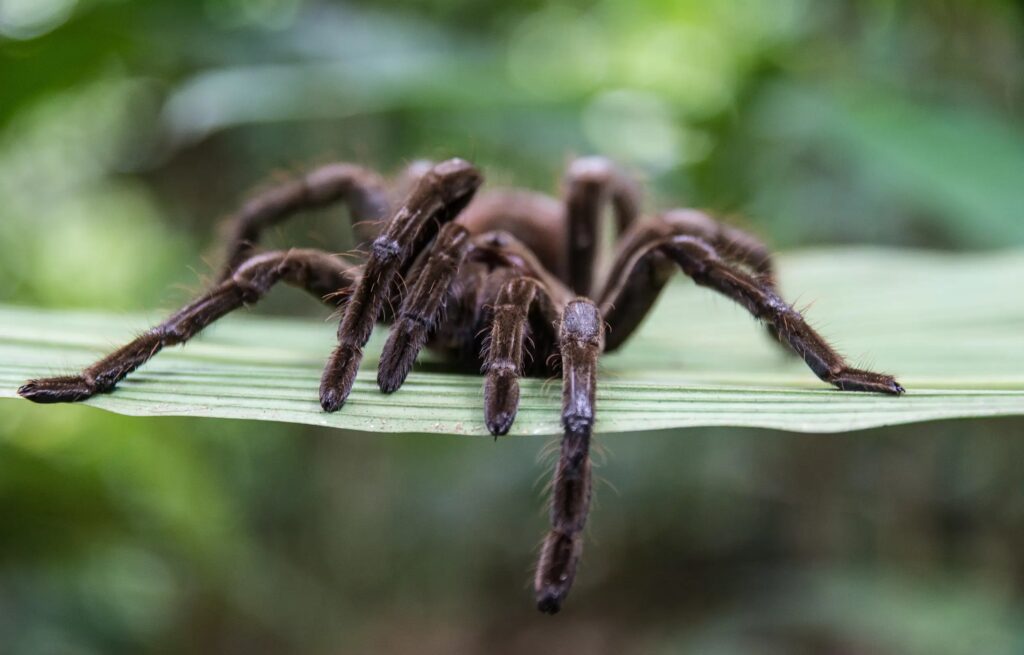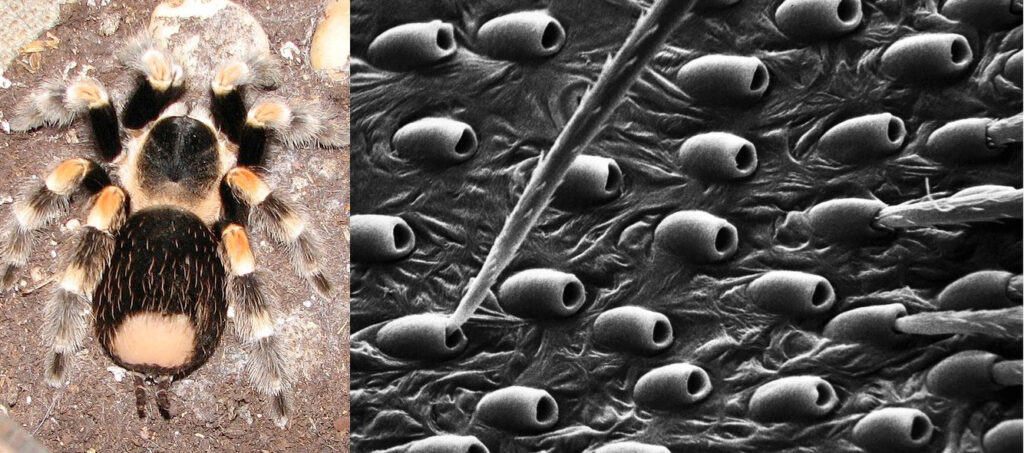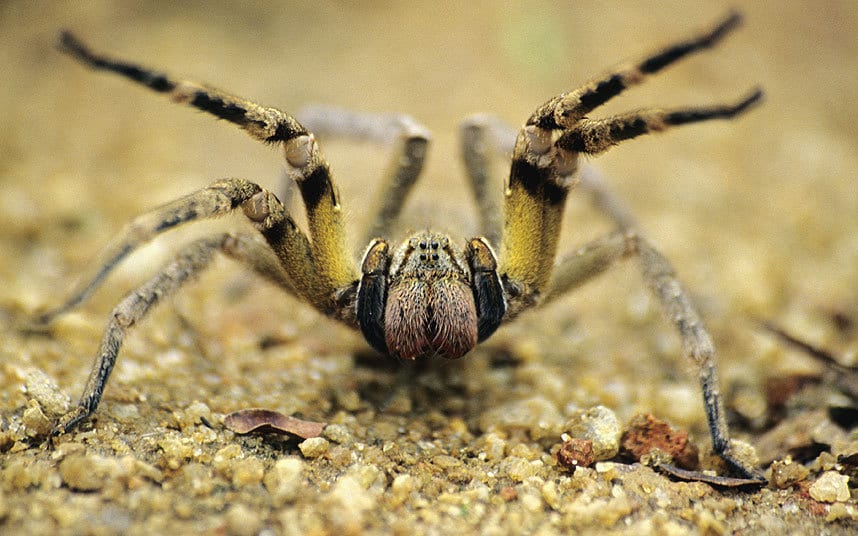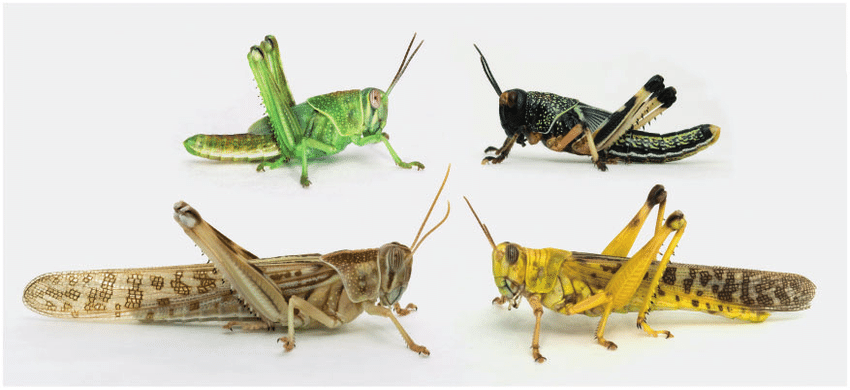Do tarantulas throw their hair?

Tarantulas are often misunderstood creatures that evoke fear and fascination in equal measure. With their impressive leg span, eerie silhouettes, and reputation for delivering painful bites, it’s no wonder why many people view them with trepidation.
But despite their fearsome reputation, tarantulas possess some remarkable adaptations that set them apart from other spiders, including a unique defense mechanism that has sparked debate: do tarantulas actually “throw” their hair? The answer may seem simple at first glance, but the truth is more complex.
How tarantulas differ from other spiders
Tarantulas belong to the family Theraphosidae and are part of the infraorder Mygalomorphae, which includes all tarantula-like spiders. While they share some characteristics with other arachnids, tarantulas have several unique features that set them apart.
One of the most noticeable differences between tarantulas and other spiders is their body structure. Tarantulas have a more robust and elongated abdomen compared to other spider species. This allows them to store energy-rich fluids in their bodies, which they use for molting and reproduction.
In contrast, many other spider species have a smaller, more rounded abdomen that is better suited for storing eggs or producing silk.
Tarantulas are known for their slow movement, often referred to as “lumbering” or “strolling”. This is due to the unique structure of their legs, which are designed for speed but not agility. Tarantula legs have a distinctive shape, with the femur (thigh) being much longer than the tibia and metatarsus.
This leg structure allows tarantulas to move slowly and deliberately, using their powerful pedipalps (appendages that resemble small claws) to help them climb and navigate their environment. In contrast, many other spider species have more agile legs with a shorter femur-to-tibia ratio, allowing for faster movement and greater agility.
Sensory Organs
Tarantulas possess unique sensory organs called “stereocilia” on their pedipalps, which are sensitive to vibrations in the air. This allows them to detect potential prey or predators from a distance, giving them an early warning system that helps them respond effectively.
Other spider species may have similar sensory organs, but they tend to be less developed and more focused on detecting chemical cues rather than vibrational signals.

The Tarantula’s Hair Coat
Tarantulas are known for their impressive size, with some species reaching leg spans of up to 28 centimeters (11 inches), but one of the most distinctive features of tarantulas is their hairy coat.
The normal bristles covering the body of a tarantula provide protection from predators and environmental stressors. These bristles are made up of chitin, a tough protein that helps to keep them rigid. The hairs on a tarantula’s body can be quite long, with some species having hairs that reach lengths of up to 10 centimeters (4 inches).
The urticating hairs found on the opisthosoma (the abdomen) of many New World species are particularly noteworthy. These bristles are designed for defense and are often used by tarantulas when they feel threatened or disturbed.
Structure of the Hairs
Tarantula hairs have a unique structure that allows them to be effective in deterring predators. Urticating hairs are specialized setae (bristles) found on the opisthosoma (abdomen) of many tarantula species. These hairs are longer and more robust than those found on other parts of the body.
The urticating hairs on a tarantula’s opisthosoma are made up of two main parts: the shaft and the barb. Each urticating hair is shaped like a tiny hook, with barbs that point towards the tip.
When a predator comes into contact with these bristles, they can become embedded in the skin or eyes, causing discomfort and irritation. This unique structure allows tarantulas to use their urticating hairs as an effective defense mechanism against predators that might otherwise view them as prey.
Variation in Hairy Coat
Not all tarantula species have urticating hairs on their opisthosoma. Some species, such as those found in the genus Hemirrhagus, lack these bristles altogether. This variation in hairy coat is just one of the many ways that different tarantula species can be distinguished from one another.
In addition to the normal bristles and urticating hairs, some tarantulas also have specialized hairs on their legs or pedipalps (appendages used for sensory purposes). These hairs are often longer than those found on the body and may serve as additional defense mechanisms or aid in prey capture.
The Urge to Defend
But how do tarantulas actually use their urticating hairs to defend themselves? When a tarantula is threatened or disturbed, it will often vibrate its body rapidly. This vibration causes the urticating hairs on its opisthosoma (abdomen) to become airborne.
The vibrating motion of the tarantula’s body creates a unique sound that can be heard by predators and rivals approaching from afar. The vibrations also serve as an alarm signal, warning other tarantulas in the area of potential danger. Urticating hairs can cause significant discomfort for birds, which may abandon their attack or become disoriented by the cloud of barbed bristles. The barbs on urticating hairs can also cause irritation and pain in mammals, making it less likely for them to continue an attack.
Defensive Posture
As the predator or rival approaches closer, the tarantula will often raise its opisthosoma off the ground and flick out a cloud of urticating hairs towards the attacker. These barbed bristles are designed to stick into the skin of predators and cause discomfort, making it less likely for them to continue their attack.
The speed at which these hairs can be deployed is impressive, with some tarantulas able to release up to 20% of their body weight in urticating hair in a single burst. This rapid deployment allows the tarantula to quickly deter predators and protect itself from harm.
In addition to deploying its urticating hairs, a threatened tarantula may also adopt a defensive posture to further deter attackers. This can include rearing up onto its hind legs, spreading its pedipalps (appendages used for sensory purposes) and lifting and extending its fangs.
This aggressive stance serves as an additional warning signal to potential predators, making it clear that the tarantula is prepared to defend itself if necessary.










